People know Barcelona city better for its football team than for scuba diving, that’s for sure! However, if you venture not too far from the city, you’ll find excellent diving spots.
Costa Brava, Illes Medes, and Costa Daurada are just some areas outside Barcelona where you’ll discover thriving marine life, underwater tunnels and caves, and wrecks with a lot of history.
Can’t wait? We’ve put together a guide, based on our experience, about all you need to know to do scuba diving in Barcelona. We’re talking about the most thrilling spots around Barcelona, the travel time to reach them, and the certification needed to dive into each site. Keep reading to find out more!
Things to know before scuba diving in Barcelona
When is the best time to go scuba diving in Barcelona?
While you could go scuba diving in Barcelona and its surroundings all year, many dive shops take a few months off in winter (always ask!) when the temperatures get a bit cooler. Therefore, the diving season in this area goes from March to December.
Still, the best time to dive is from May to October. Those are the months that the water and air temperatures are more pleasant. So you won’t be shivering after getting out of the water!
July and August are peak seasons, and therefore, it’s when the diving centres are busiest. We highly recommend booking in advance if you plan to dive during those months.
Take into account that the water in the Costa Daurada (south of Barcelona) is always warmer than the Costa Brava (north of Barcelona).
Oh, and even in summer, you’ll need a full-body swimsuit in both areas. When we did the Advanced Open Water course in Palamós, the water temperature was 17 ºC in summer!🥶
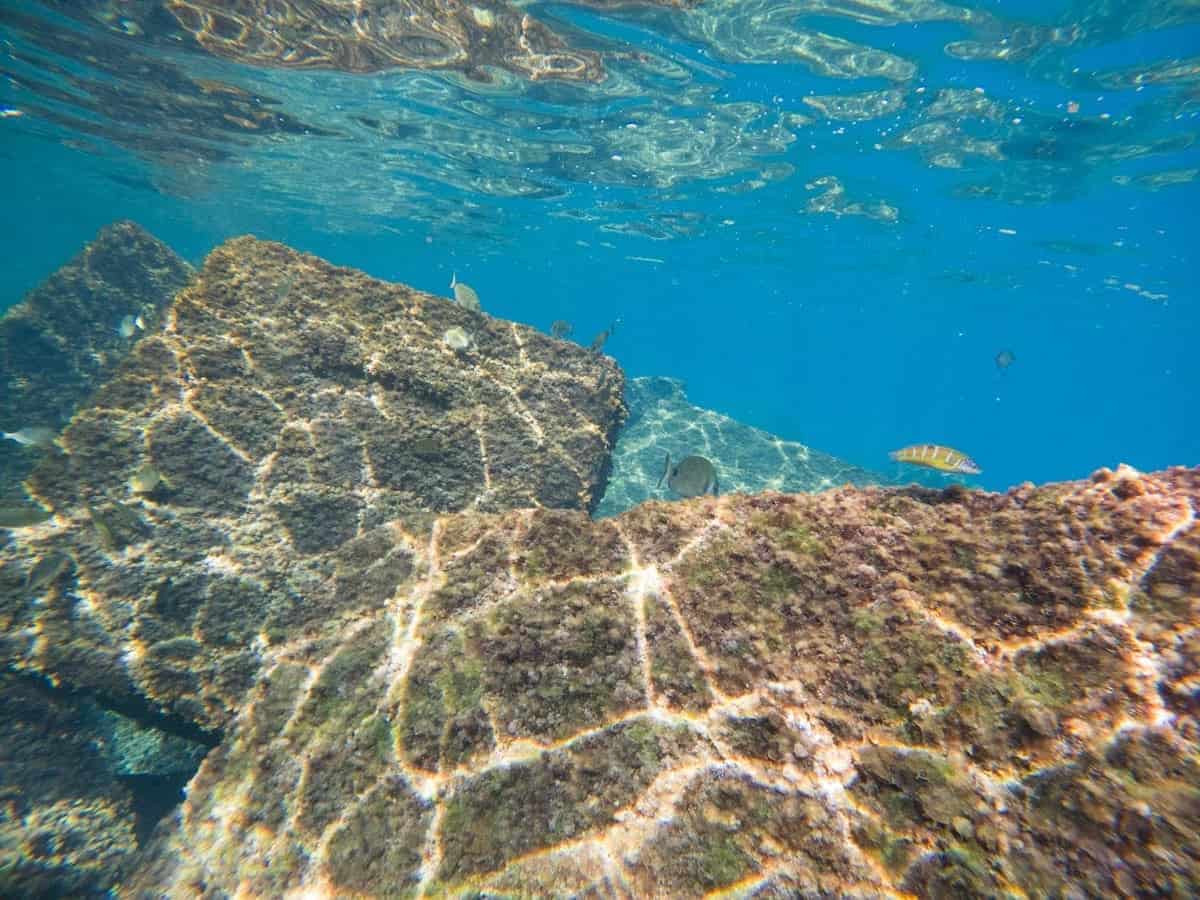
Price of scuba diving in Barcelona
The price of scuba diving in Barcelona varies from place to place. A guided dive usually costs between 25 and 50 €. If you need to rent the equipment, then the price is higher.
Planning on doing more than one dive? Then ask the dive centre about the offers! Most diving centres offer a second dive at a reduced price.
Can you go scuba diving in Barcelona?
While you can definitely dive within the city limits, we don’t really recommend it. The visibility on the beach of Barcelona is not as good as once you step outside the city. Also, the fauna you can find there is not as rich as the one you’ll find north or south of the capital.
Most of the dive centres in Barcelona carry out the immersions outside of Barcelona, usually at the Costa Brava.
However, we understand you might not have a whole day to venture outside the city. So, if you don’t have plenty of time and want to fit in a dive on your trip, go for it! Some centres that offer diving in La Barceloneta are Underwater Barcelona, Medusadive, and Buceo Hispania.
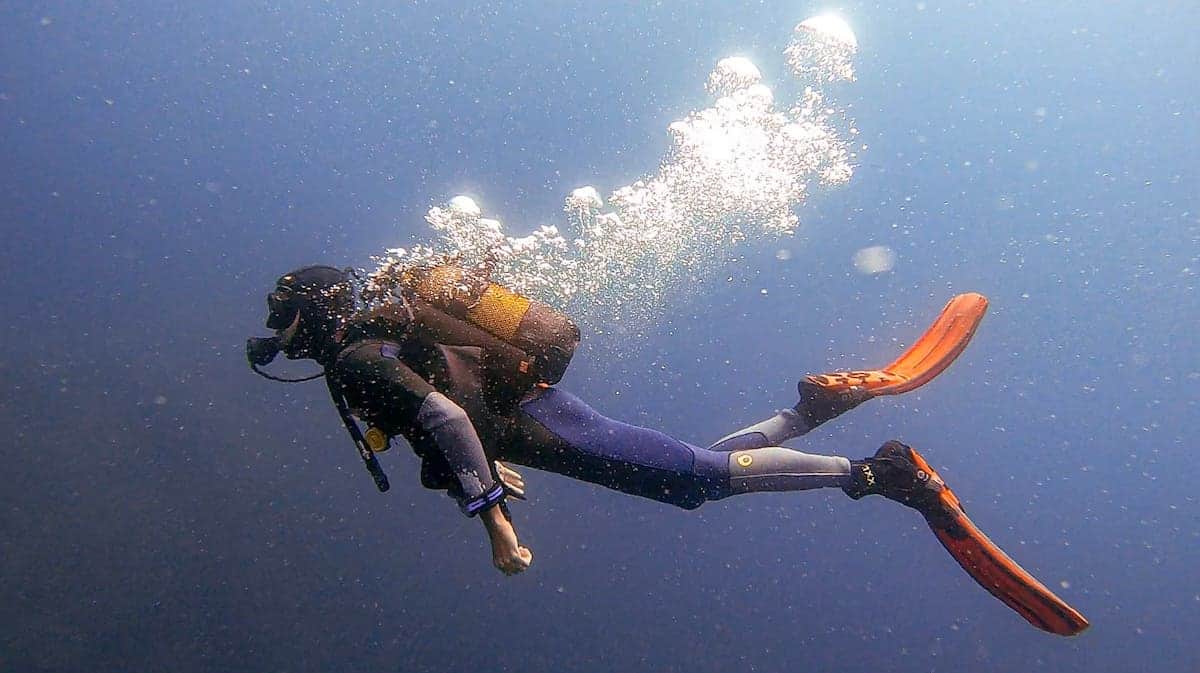
Do you need a license to dive in Barcelona?
You need a license to dive in Barcelona unless you want to take the first diving course or try diving for the first time. All the centres will ask you to show them the license before the immersion. So, make sure you have it on your phone or you have a picture/photocopy of it!
Also, in Spain, as in most European countries, a dive medical certificate is legally required for any certified diver or person enrolling in a course that leads to a certification.
Top scuba diving sites around Barcelona
Here’s a list of the best diving spots around Barcelona, sorted out based on the time of travel from Barcelona (closest first).
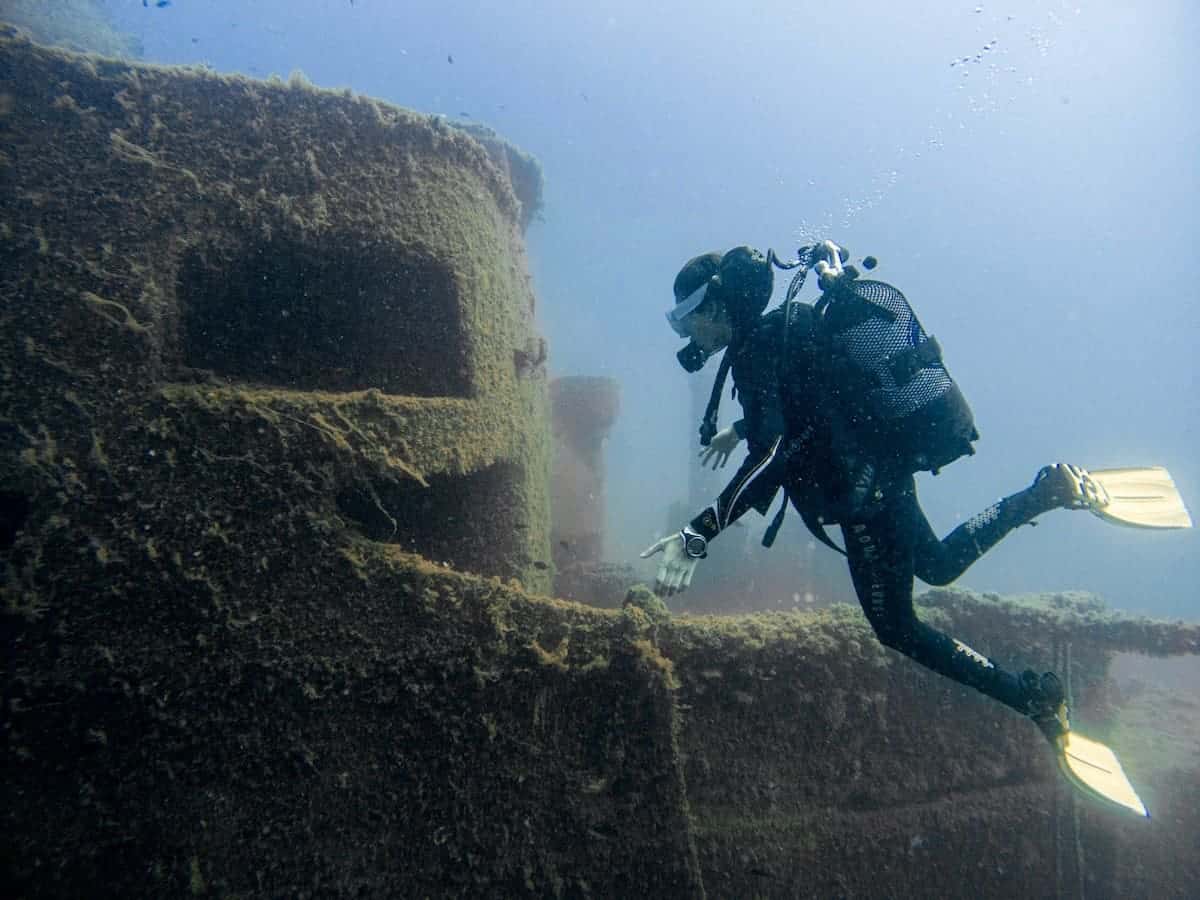
Dragonera
📍 Location: Tarragona (Costa Daurada)
⏱ Travel time from Barcelona: 32 min to 1 hour and 10 min (by train) / 1 hour and 25 min (by car)
🏅 Minimum certification needed: Open Water
Our last recommendation is another wreck in the Costa Daurada, hidden in a place you’d never imagine. The Dragonera is a 65-metre-long cargo ship that sunk in 1994. It lies just in front of Tarragona’s port, at a depth of between 14 and 24 m. This makes it suitable for divers of all levels.
When we started the dive, our expectations were low. The dive starts in Tarragona’s port, not famous for being clean places… But once underwater, the reality was completely different! Nowadays, this location is a protected aquatic park where marine life thrives.
We saw starfish, lots of schools of fish, and also nudibranchs. And besides the marine life, the wreck itself is super cool!
🤿 Recommended centre
Definitely Mar De Hielo! The treatment, the team, and the facilities are top-notch!
Roca Muladera
📍 Location: Between Lloret de Mar and Tossa de Mar (Costa Brava)
⏱ Travel time from Barcelona: 1 h (by bus to Lloret) / 57 min (by car to Lloret) / 1 h and 20 min (by bus to Tossa) / 1 h and 16 min (by car to Tossa)
🏅 Minimum certification needed: Open Water
Lloret de Mar is a city in the Costa Brava known mainly as a party mecca. However, locals frequent it for another reason: diving. There are several diving sites you can explore on Lloret de Mar’s coast, but the favourite is Roca Muladera, also known as Roca del Moro.
The site is home to two seamounts with a channel running between them, where you can spot a great variety of underwater life. We’re talking lobsters, moray eels, conger eels, schools of spits, and opisthobranchs. It’s also a good spot for seeing groupers.
Besides admiring local fauna, the highlight of this dive is the beautiful landscape. The light that goes through the channel is spectacular!
And as a bonus point, the depths here range from 0 m to 25 m. This makes it an excellent choice for divers of all levels.
🤿 Recommended centre
This is a dive we haven’t tried (yet!). But after doing some research, we would go for Diving La Casa del Mar or Divertysub if we were in Lloret. If you want to start the dive from Tossa de Mar, there are several diving centres with excellent reviews: Tossa Sub, Tossa Divers, Dream Dive, and Andreas Diving.
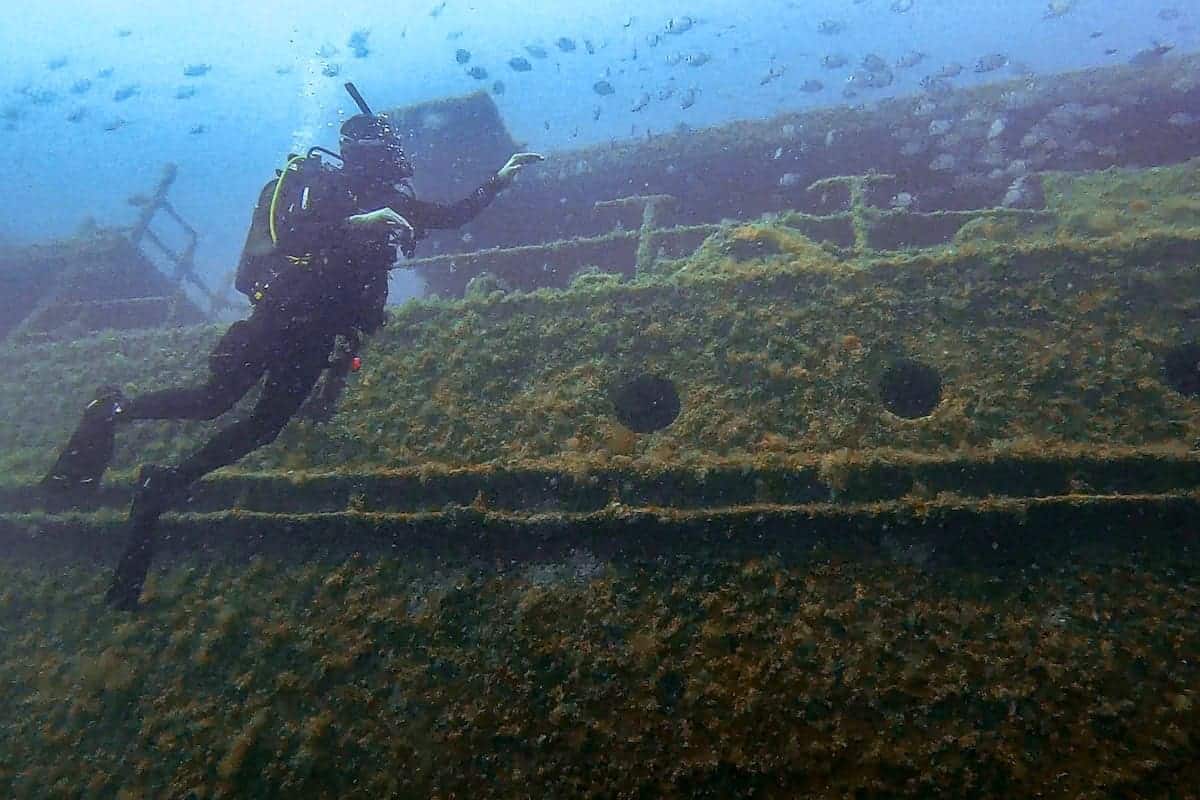
Boreas
📍 Location: Palamós (Costa Brava)
⏱ Travel time from Barcelona: 2 h (by bus from Barcelona Estació del Nord to Palamós Hospital) / 1 h and 15 min (by car)
🏅 Minimum certification needed: Advanced Open Water
To give you some context, the Boreas was a tugboat built in 1938. The ship navigated the Mediterranean Sea for several years until it was confiscated by Spanish customs officials after its captain and crew were charged with drug trafficking. In the 1980s, the ship was sunk so scuba divers like you, and we could enjoy it.
We dived the Boreas as part of our Advanced Open Water certification, and it was such a blast! We had never dived in a wreck before and were so impressed.
The wreck is well-preserved, and we could clearly see its different structures, like the corridors, the chimney, and the steering wheel.
We could admire many beautiful fish banks in the wreck’s hull and bow, as well as moray and conger eels and prawns.
The Boreas wreck lies 30 m underwater, with its top reaching 18 m. That’s why this dive is only reserved for advanced divers. If you want to make it spookier, you can also do this dive at night!
🤿 Recommended centre
We did this dive and got our Advanced Open Water Certification with the guys from Medusadive. We loved Chus, the owner, who was so fun to be with! Also, they organise dive trips from Barcelona to the Costa Brava that include two boat dives, a guide, and all the diving equipment. This is an excellent option if you are in Barcelona and don’t want to think about logistics.
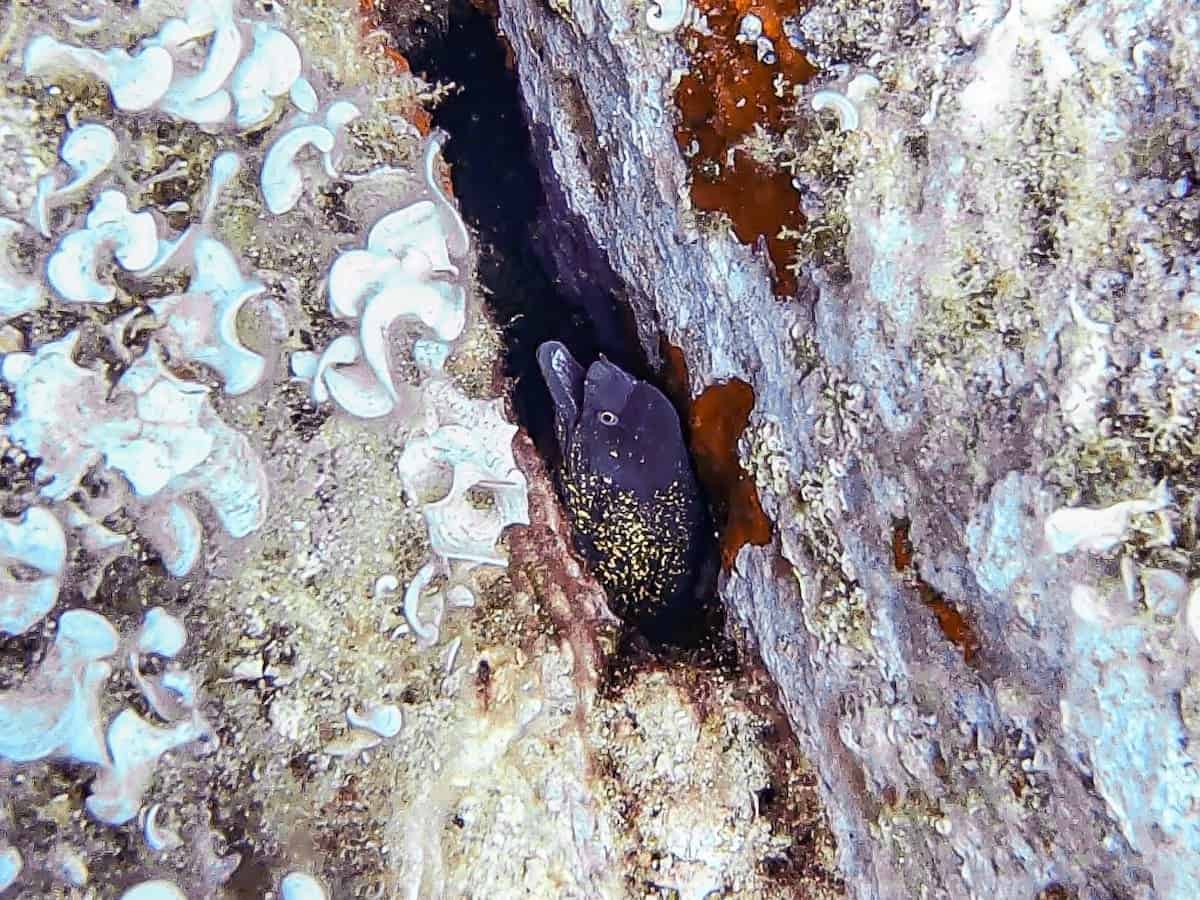
Illes Formigues
📍 Location: Palamós
⏱ Travel time from Barcelona: 2 h (by bus from Barcelona Estació del Nord to Palamós Hospital) / 1 h and 15 min (by car)
🏅 Minimum certification needed: Open Water
If you stare into the sea from the boat, you see only a small rock tip with a lighthouse. But underwater, there is plenty to explore! The Illes Formigues (translated as Ant Islands) are 16 islets where marine flora and fauna thrive. We’re talking moray eels, various nudibranchs, octopus, and red and white gorgonians.
But this wasn’t the only thing we loved. We got hypnotised by the way the light played around the walls of the canyons. It was so beautiful and relaxing (and excellent for underwater photography!).
Also, we loved the number of holes, canyons, and cracks in and between the islands. Make sure to keep your eyes open and explore there!
In this dive, you’ll also have the chance to admire the Posidonea fields, a plant typical of the Mediterranean Sea. With the movement of the water, the green plants dance from side to side, creating a mesmerising show to admire.
🤿 Recommended centre
We did this dive with the guys from Medusadive, who were great! They organise dive trips from Barcelona to the Costa Brava that include two boat dives, a guide, and all the diving equipment. This is an excellent option if you are in Barcelona and don’t want to think about logistics.
Cavour
📍 Location: Ametlla de Mar (Costa Daurada)
⏱ Travel time from Barcelona: 2 h (by train) / 1 h and 45 min (by car)
🏅 Minimum certification needed: Advanced Open Water (Expert level)
Let’s leave the Costa Brava behind and move to the coast below Barcelona, Costa Daurada. Here, on the coast of the little village l’Ametlla de Mar, you can find a diving spot with a lot of history.
The Cavour was an Italian ocean liner over 100 m long, built in 1907. It was used to take passengers from New York to Europe. In 1909, on route to New York, the Cavour crushed with another ocean liner (Republic) on a foggy day. The Republic sunk 85 m deep in the middle of the ocean, but the Cavour was saved.
If that wasn’t enough, the Cavour was crushed again during the First World War when it was carrying Italian emigrants to Argentina. This time, the ocean liner was destroyed. The 300 people on board were rescued, but the ship finally sank four miles off the coast of Ametlla de Mar. This was in 1917.
Since that day, the Cavour has rested on a muddy sand bottom at 52 m deep, and it has become one of the most attractive wreck dives on the Catalan Coast.
🤿 Recommended centre
This dive is not within our possibilities yet, but we can recommend a few local diving centres. If you’re a diving expert and would like to explore the Cavour, get in touch with the people at Ametlla Diving or Plàncton Diving.
Furió Fitó
📍 Location: Llafranc (Costa Brava)
⏱ Travel time from Barcelona: 2h and 10 min (40 min by train from Barcelona to Girona, 1 h and 10 min by bus from Girona to Palafrugell, and 20 min by bus from Palafrugell to Llafranc) / 1 h and 36 min (by car)
🏅 Minimum certification needed: Advanced Open Water
Hidden underwater on the coast of Begur, there’s a massive underwater rock formation where you can admire all sorts of Mediterranean fauna. The spectacular rock, named Furió Fitó, is home to lobsters, octopus, moray and conger eels, so make sure to check the cracks to find them!
Furió Fitó’s walls are completely covered in red gorgonians, sea sponges, and other invertebrates, turning the rock into a giant, colourful underwater mountain.
The rock’s base is at 56 m underwater, and its top is at -14 m. This makes it an ideal dive spot for advanced divers.
🤿 Recommended centre
We haven’t tried this dive yet. But, after doing some research, we would go for Tritón Diving Llafranc or Barracuda Llafranc because of their excellent reviews.
Ullastres
📍 Location: Llafranc (Costa Brava)
⏱ Travel time from Barcelona: 2h and 10 min (40 min by train from Barcelona to Girona, 1 h and 10 min by bus from Girona to Palafrugell, and 20 min by bus from Palafrugell to Llafranc) / 1 h and 36 min (by car)
🏅 Minimum certification needed: Open Water
We haven’t done scuba diving in this spot yet, but several friends have highly recommended it!
The Ullastres are three underwater pinnacles full of life located just offshore. The pinnacles are numbered consecutively from one to three as we move away from the coast, so the third is the outermost.
- Ullastres I, the closest to the coast, is the most leisurely dive, starting at 10 m and descending to 30 m.
- Ullastres II, the pinnacle in the middle, starts at 8 m and descends to a depth of 35 m, with beautiful caves and narrow passages.
- Ullastres III starts 9 m below the surface and goes as deep as 55 m on the outer part. On this outer side, which overlooks the open sea, the rock becomes more colourful because of the abundance of red and green sea fans.
On most of the Ullastres walls, you can admire a large quantity of beautiful bright red gorgonians that, together with the channels and tunnels between the pinnacles, make this site an underwater photographer’s dream.
Besides, you’ll be able to spot the typical fauna of the area, like sardines, conger eels, and passing banks of barracudas.
🤿 Recommended centre
We would go for Tritón Diving Llafranc or Barracuda Llafranc because of their excellent reviews.
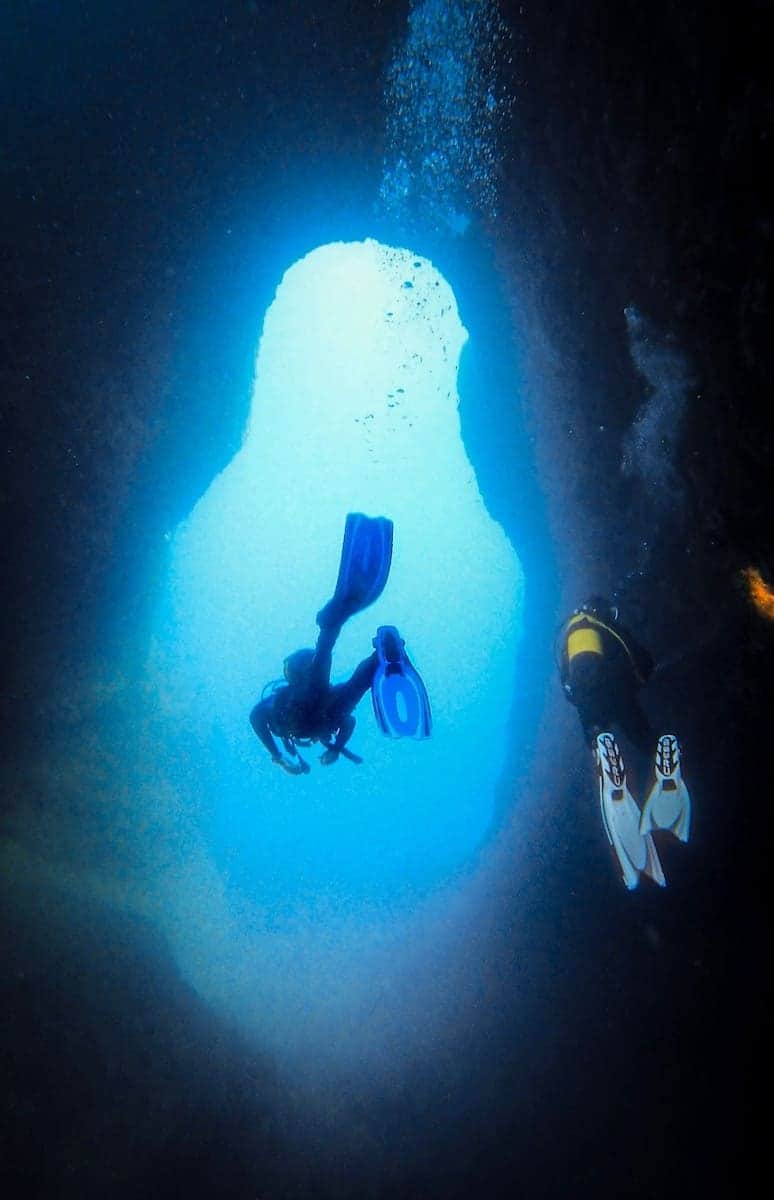
Parc Natural del Montgrí, Illes Medes i El Baix Ter
📍 Location: L’Estartit (Costa Brava)
⏱ Travel time from Barcelona: 1h and 50 min (40 min by train from Barcelona to Girona and 1 h and 10 min by bus from Girona to l’Estartit) / 1 h and 51 min (by car)
🏅 Minimum certification needed: Depends on the dive, but there are dives suitable for all levels (you need at least the Open Water)
The Medes Islands are often considered one of the best areas to go scuba diving in Spain, and we’re lucky to have them so close to Barcelona!
They are an archipelago comprising two main islands and five little islets, protected as a marine park since 1983. So, you can imagine that after 40 years of protection and the prohibition of fishing on the islands, marine life is thriving there!
The islands have around fourteen dive sites, including El Dofí and La Vaca, the most famous ones. El Dofí is a series of amazing underwater tunnels with a small dolphin statue, which gives the site its name (dolphin is dofí in Catalan). La Vaca is another underwater tunnel on the largest island, known for its dramatic lighting.
Besides the Medes islands, the Montgrí coast (north of l’Estartit) is also an excellent place for diving. Cool dives in this coast stretch are the Regio Messina, a 122-m long wreck where you can spot barracuda banks, nudibranchs, and congers; the Illa Ferriola, an island with a 25-m long underwater tunnel that crosses it; and the Illa Pedrosa, another island with an underwater tunnel, although this one is 60-m long!
🤿 Recommended centre
We did a dive with OceanSub Estartit and couldn’t be happier. Turns out the owner, Gemma, used to live two streets apart from where I grew up! The instructors were super friendly and showed us many things during the guided dive, and all the equipment was in mint condition. Also, Gemma’s partner, David, is an excellent photographer. Check the dive centre’s website for his photos and get inspired for your next diving adventure!
Cap de Creus
📍 Location: Between Roses and El Port de La Selva (Costa Brava)
⏱ Travel time from Barcelona: 2 h (by bus from Barcelona Estació del Nord to Empuriabrava) / 2 h and 24 min (by car to Empuriabrava) / 2 h and 45 min (by bus from Barcelona Estació del Nord to Cadaqués) / 2 h and 11 min (by car to Cadaqués)
🏅 Minimum certification needed: Depends on the dive, but there are dives suitable for all levels (you need at least the Open Water)
The Cap de Creus is one of the only virgin sections in the Costa Brava. It’s a beautifully terrain-maritime natural park with hidden coves and steep cliffs that plunge into the sea. And this means plenty of adventures to seek above and below the surface!
So, what can you expect? Coloured walls of gorgonians, coral, sponges, fish, crustaceans and nudibranchs.
And the best is yet to come. The encounter with dentex, huge groupers, banks of barracudas, and bream is assured to a greater or lesser extent in all dives!
Although we haven’t explored this area diving, we’ve done it freediving! We got our Level 1 freediving certification there and can tell you that the area is beautiful. There are various diving spots, so let the diving centre recommend the best for your level and sea conditions.
🤿 Recommended centre
Lassdive, the diving centre where we got our Freediving certification, offers boat trips from Empuriabrava to Cap de Creus. The crew is fantastic and very professional; we assure you you’ll have a great time! If, instead of Empuriabrava, you want to start the dive from Cadaqués, check out Diving Port Lligat.
Scuba diving tours for beginners in and around Barcelona
Are you a beginner and would like to join a guided tour that includes explanations plus the equipment rental? Here are some options:
Tips for scuba diving in Barcelona and Catalonia
🤿 Bring your own computer and mask if you have them. The rest of the material can be rented in the diving centre, but we think it’s better if those two items are yours.
📄 Before catching the plane, train, or car, make sure you have your diving license, medical certification, and diving insurance. This last one is optional as you can rent daily insurance in the diving centre you’re diving.
❌ Never ever go scuba diving alone.
💊 If you’re prone to sea sickness and are planning a boat dive, buy some anti-nausea medicine! Although it usually goes away once you jump in the water, the feeling of nausea in the boat while putting on your tank and fins isn’t fun at all (I’ve been there!).
🐠 Respect the local fauna and flora. Don’t get too close to aquatic animals, corals, or flora (even if it’s for taking a picture!!). In the end, we’re just mere visitants in the sea and want marine life to thrive!
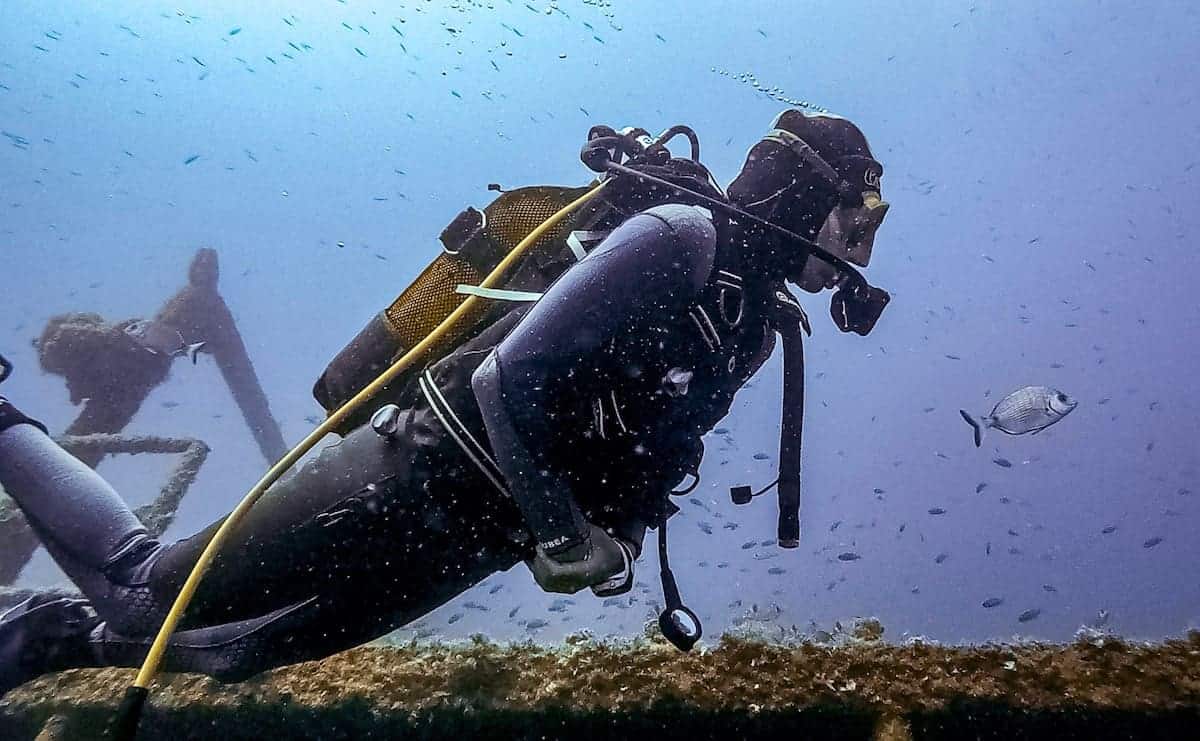
And that’s a wrap! We hope you can’t wait to jump into the Mediterranean and start exploring. If you dive here, let us know your experience in the comments.

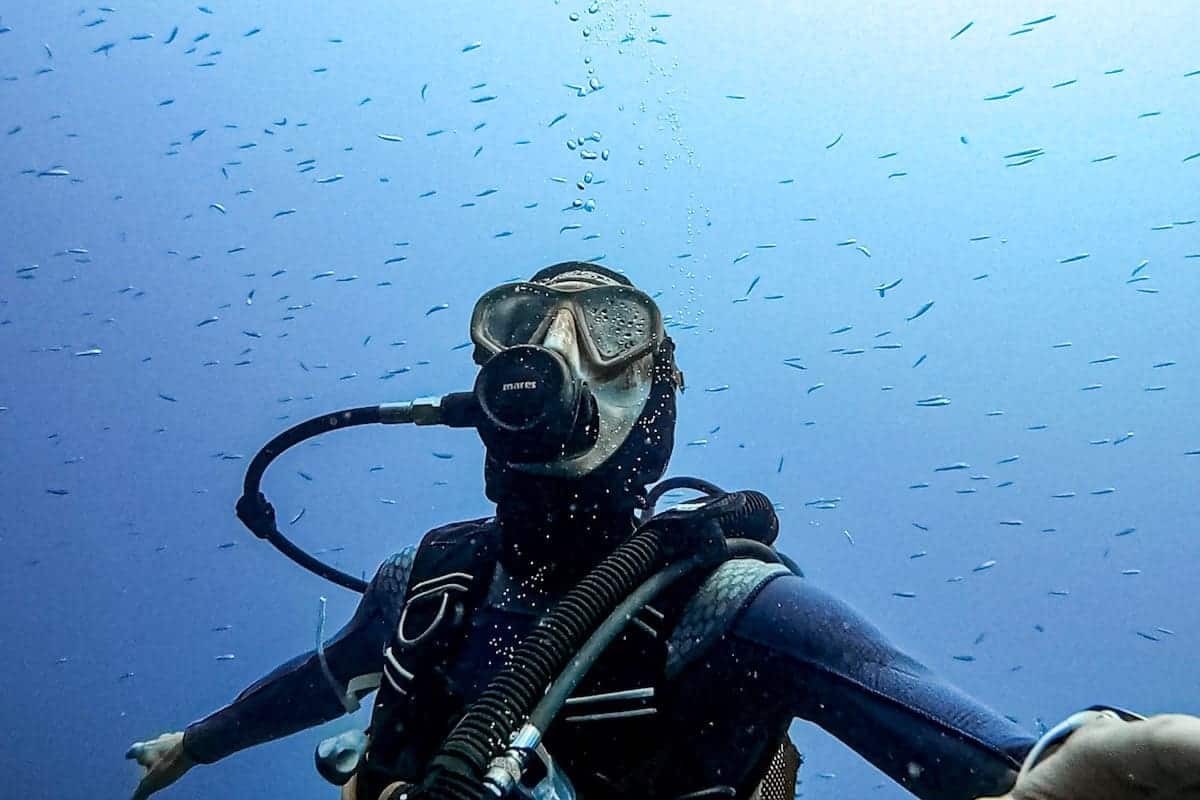
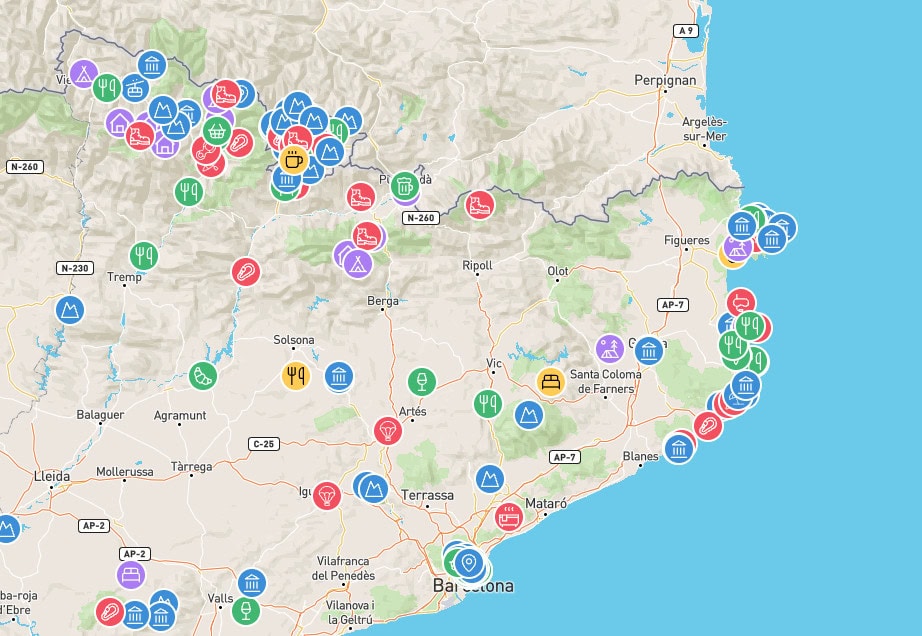
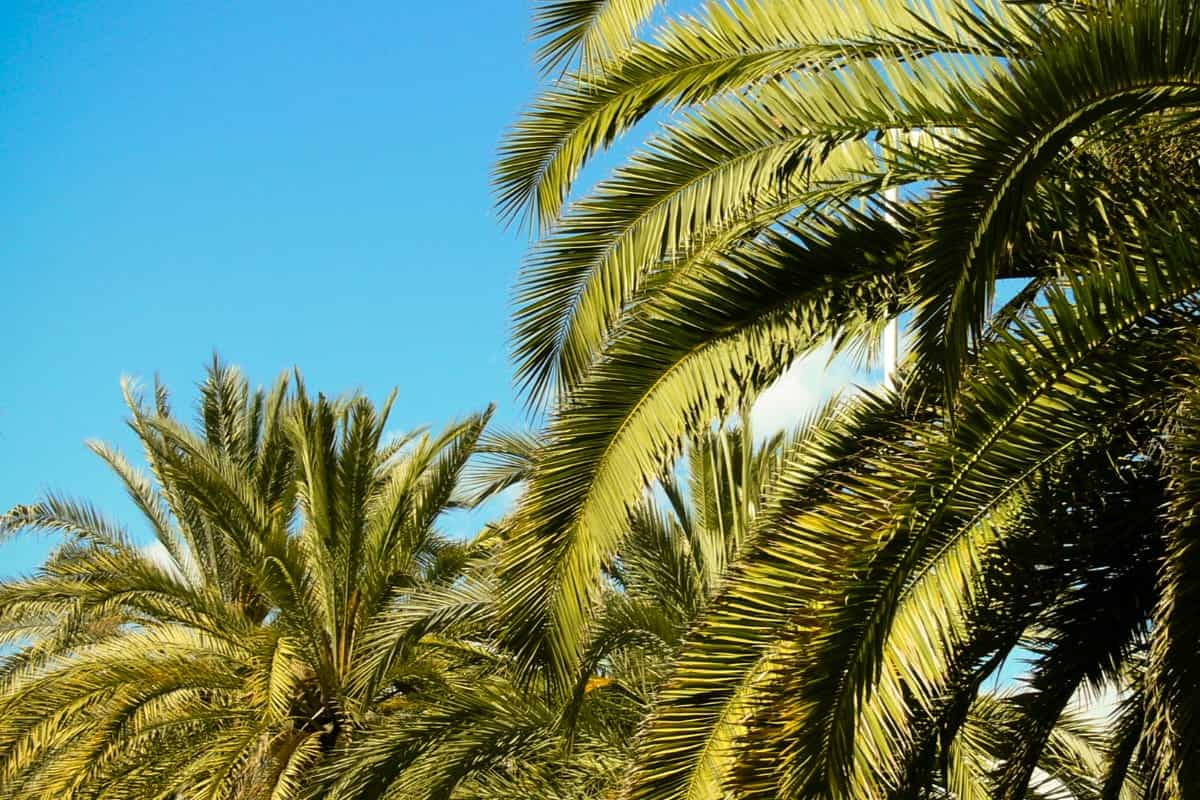
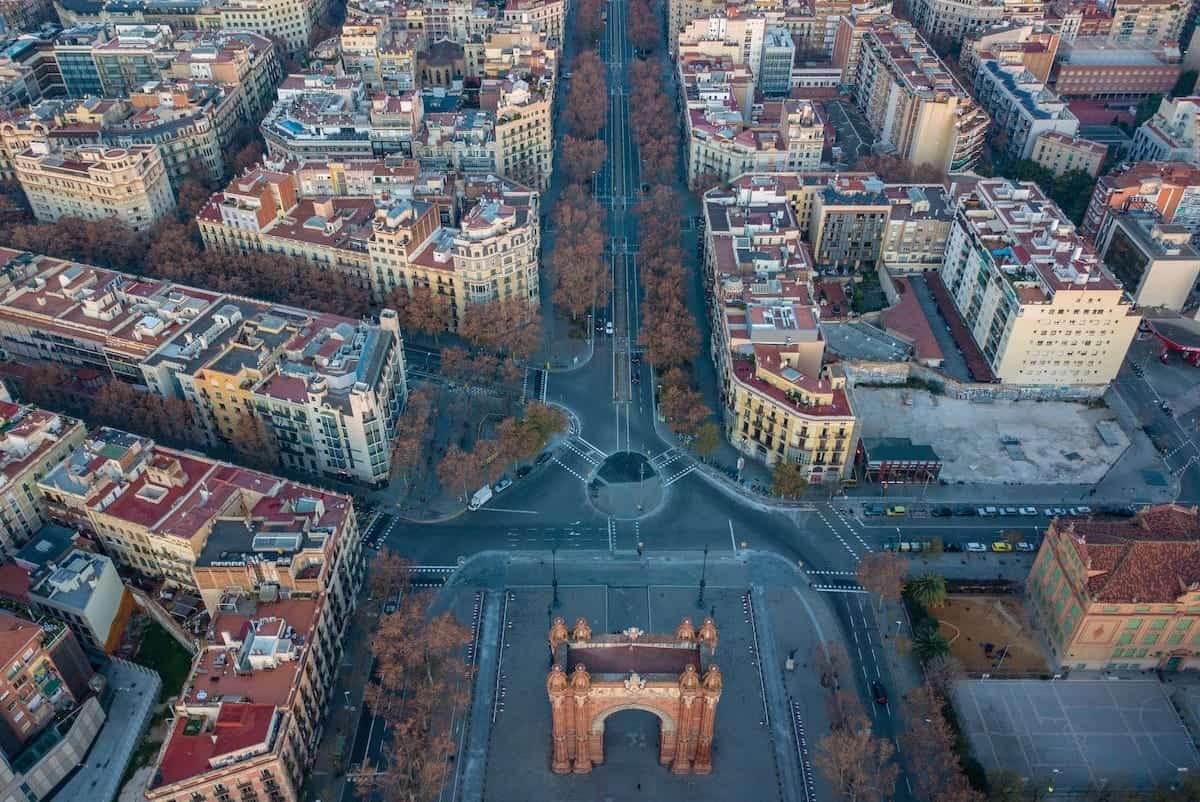
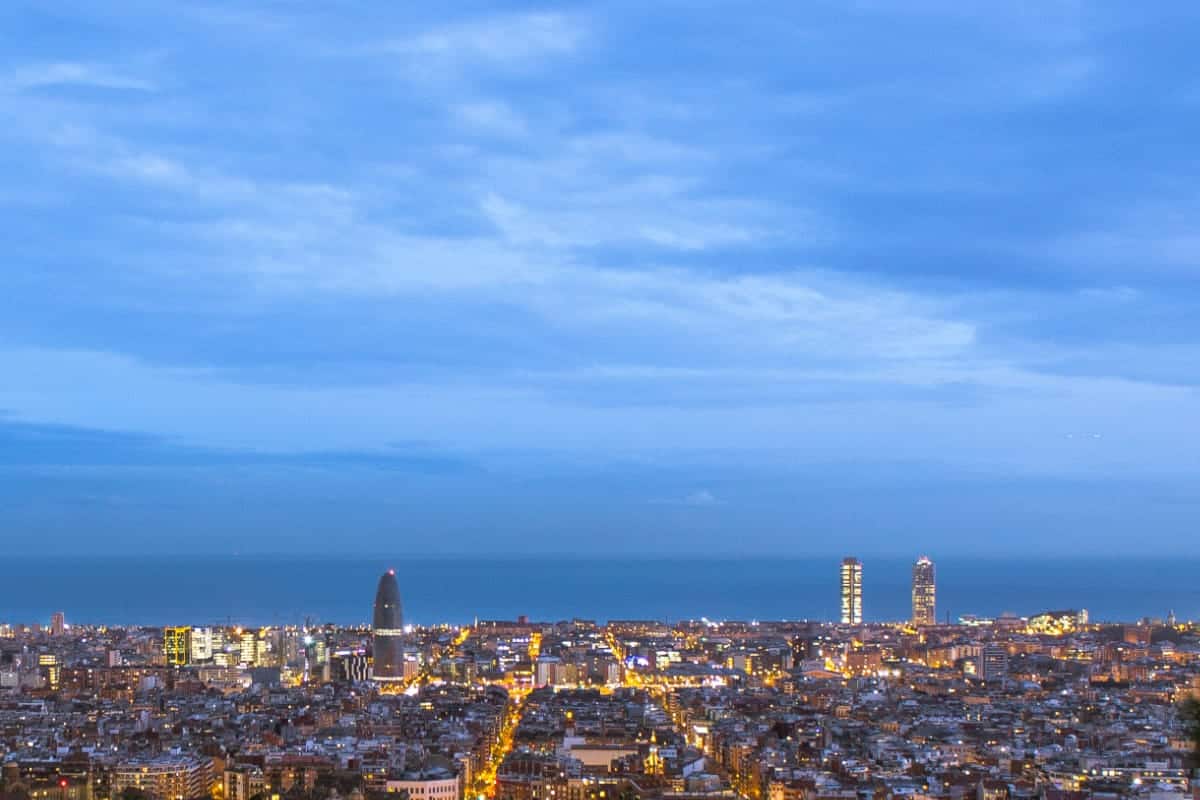
Very useful tips
Thank you! Glad they’ve been helpful 🙂